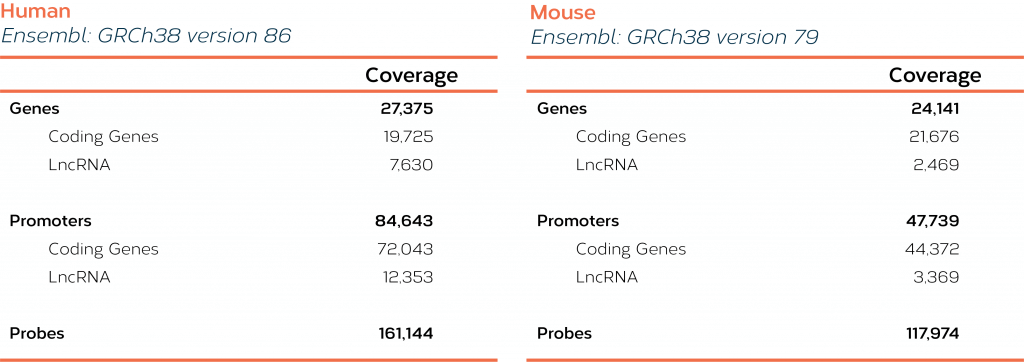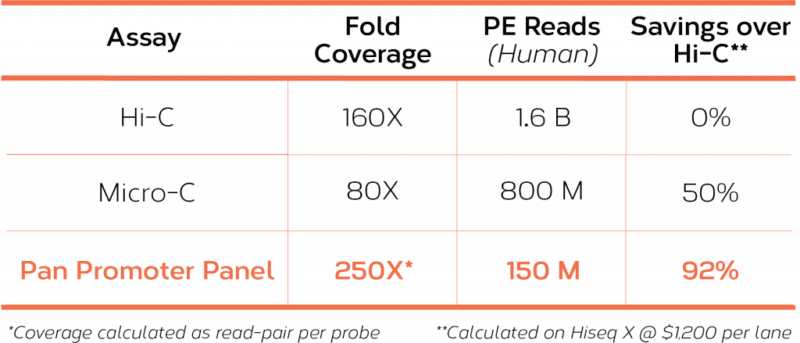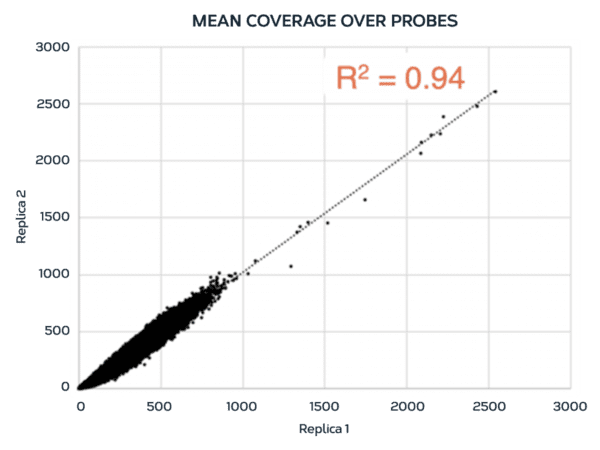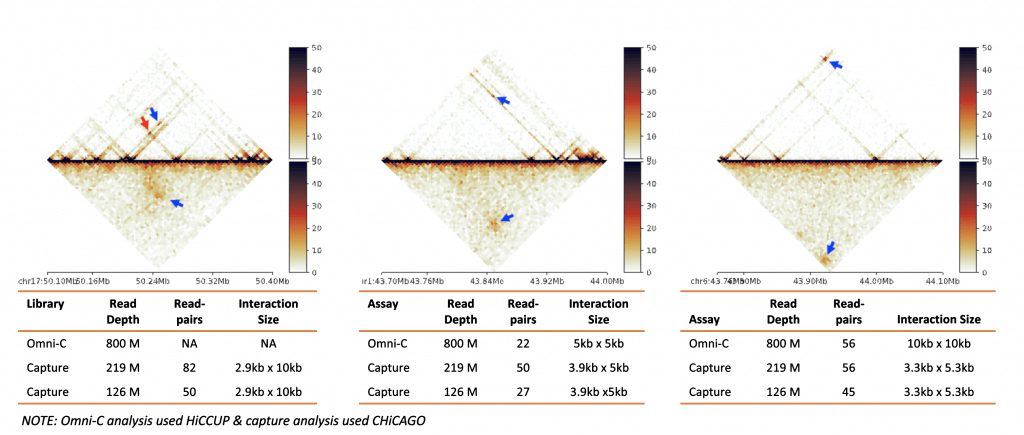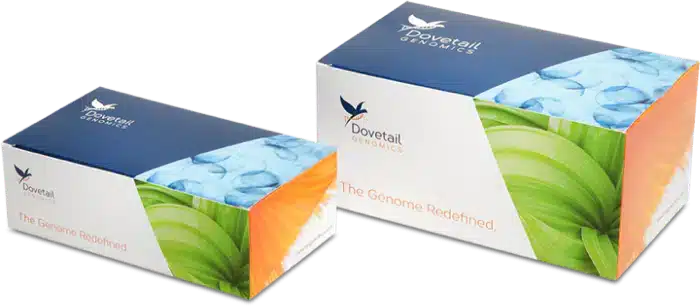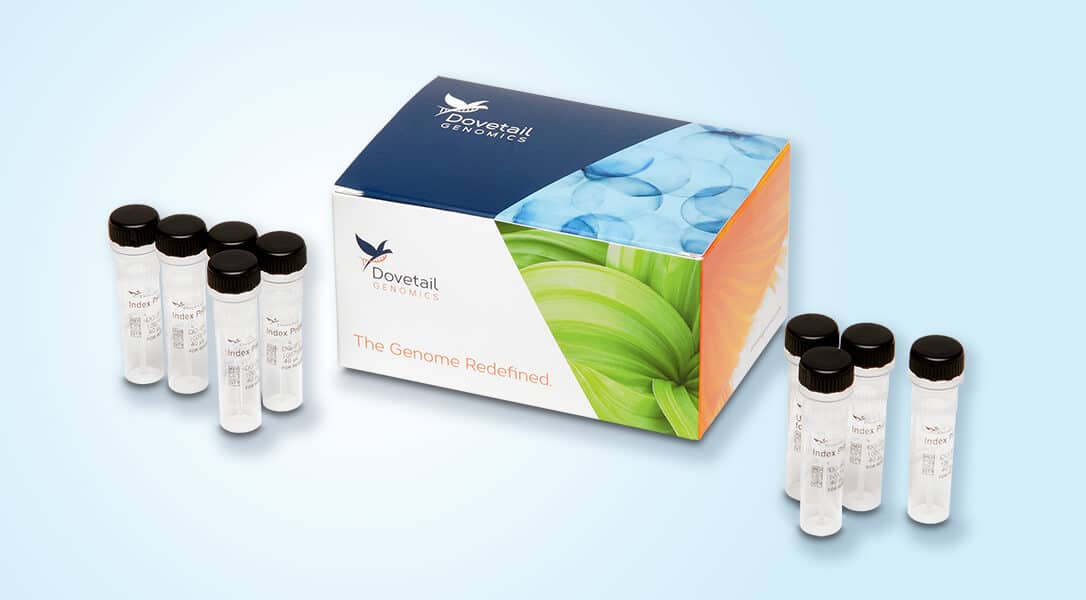What is Targeted Enrichment?
Next-generation sequencing (NGS) is an extremely powerful tool for capture genome-wide genetic information. However, more targeted investigations can be performed by hybridizing the sequencing library to capture probes that target pre-selected genomic regions and “pulling down” the captured duplexes prior to sequencing, thereby enriching your library. The result is a reduction in sequencing required to meeting the sequence coverage goal for your targeted regions.
Target Enrichment Applied to Proximity Ligation
Targeted enrichment can be combined with proximity ligation libraries to perform capture Hi-C. However, library bias due to unevenly distributed restriction sites must be considered during the enrichment panel design process since they can cause coverage bias in the final library. Dovetail Micro-C and Omni-C libraries use sequence-independent nucleases to eliminate this source of bias so standard design principles can be employed. While many commercially available targeted enrichment panels are compatible with our kits, only the Dovetail Pan Promoter Enrichment Panels have been designed specifically for the study of chromatin topology anchored at gene promoter sites.
Available Enrichment Panels
Dovetail Pan Promoter Enrichment Panels target over 84,000 and 47,000 human and mouse promoter sequences respectively, offering comprehensive coverage of the promoter landscape. This inclusive design offers a genome-wide view of interactions anchored at known promoter sites enabling the detection of promoter-specific interactions such as promoter-enhancer and promoter-promoter contacts.

